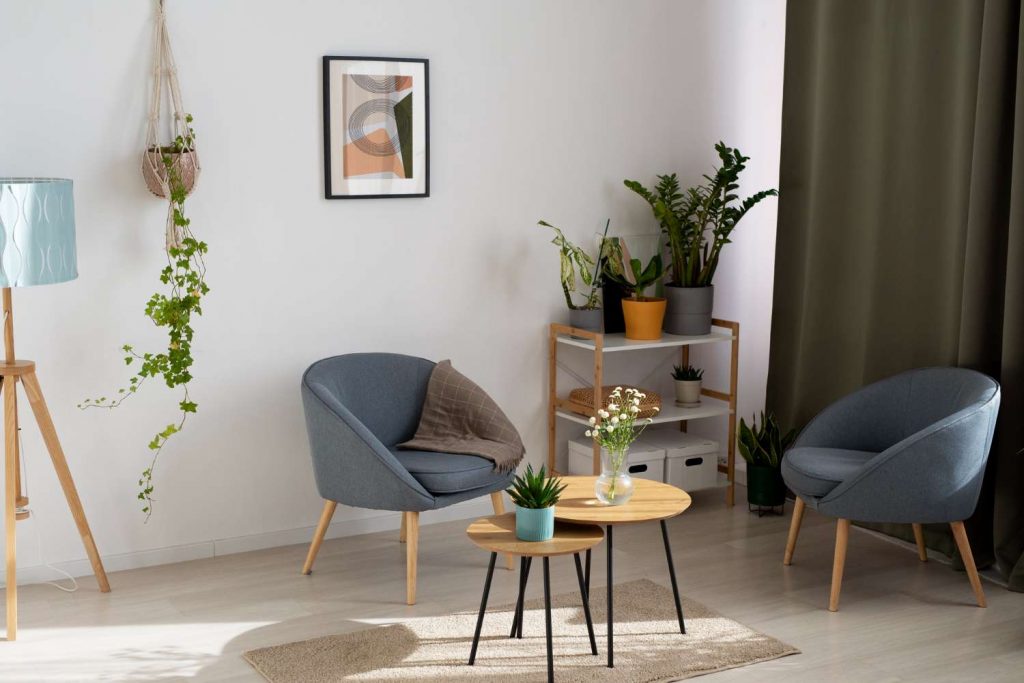
The American Dream has transformed in recent years. Traditionally, it involved owning a large home with a white picket fence, sprawling lawns, and abundant space. However, a paradigm shift is occurring as more people downsize and embrace a minimalist lifestyle through the rise of tiny homes. The allure of a simpler, more intentional life in a compact living space is capturing the hearts and minds of people across the nation. The Rise of Tiny Homes Tiny homes, typically measuring between 100 and 400 square feet, have gained significant popularity in the United States. The movement toward smaller living spaces can be attributed to various factors, including economic, environmental, and a desire for a more fulfilling life. Escalating housing costs, reducing environmental footprints, and wishing for a debt-free life drive many individuals and families to consider tiny homes a viable living option. Economic Considerations One of the primary driving forces behind the rise of tiny homes is their economic benefits. The cost of traditional homes has steadily risen, making homeownership less attainable for many people, especially the younger generation. The prospect of a mortgage-free life is enticing, and with a lower price tag, tiny homes present a viable solution. Furthermore, reduced utility bills and maintenance costs associated with tiny homes significantly affect the financial appeal. With fewer square feet to heat, cool, and maintain, homeowners can save substantial money annually, allowing for a more financially liberated lifestyle. Environmental Consciousness Living in a tiny home is inherently more environmentally friendly. These compact spaces require fewer materials to build and less energy to operate, reducing the carbon footprint. Additionally, tiny homes often incorporate eco-friendly features such as solar panels, composting toilets, and rainwater harvesting systems. For individuals committed to sustainable living, tiny homes align with their values by promoting a greener lifestyle. Simplifying Life The tiny home lifestyle encourages a conscious shift away from materialism. With limited space, individuals must carefully curate their belongings, focusing on essentials and items that bring them joy. This process of decluttering and simplifying is akin to the principles of minimalism, where less is more and quality trumps quantity. Living in a tiny home fosters a stronger connection to one's possessions, promoting a mindful approach to consumption. It challenges the societal norm of consumerism and encourages a deeper evaluation of what truly matters, leading to a more intentional and meaningful life. Design and Creativity Designing and organizing a tiny home necessitates creative use of space. Every nook and cranny is considered, and multifunctional furniture becomes a staple. Architects and designers are rising to the challenge, devising ingenious solutions to maximize storage and functionality within these compact spaces. The tiny home movement has also popularized DIY (Do It Yourself) culture. Many tiny homeowners take on the task of customizing their homes, showcasing their creativity and resourcefulness. Each tiny home uniquely reflects its owner's personality and preferences, from repurposed furniture to innovative storage solutions. Community and Connection Contrary to the assumption of isolation in tiny homes, the lifestyle often fosters a stronger sense of community. Tiny home enthusiasts frequently gather at events, workshops, and tiny home festivals. Online platforms enable them to share ideas, experiences, and advice, creating a vibrant, supportive community. Living close to neighbors in tiny home communities encourages social interaction and a sense of belonging. This fosters a lifestyle that prioritizes relationships and shared experiences over material possessions. Challenges and Considerations While the tiny home lifestyle offers many advantages, it is essential to acknowledge the challenges associated with this choice. Zoning regulations and building codes in various regions may obstruct the establishment of a tiny home. Finding suitable locations and legalities can be intricate, requiring thorough research and planning. Living in a confined space can also present challenges, especially for individuals or families accustomed to larger dwellings. Adapting to a downsized lifestyle requires a shift in mindset and a willingness to prioritize experiences and relationships over material possessions. Is the Tiny Home Lifestyle Right for You? Ultimately, the decision to embrace the tiny home lifestyle is deeply personal. It requires careful consideration of your values, priorities, and willingness to embrace a simpler, more intentional way of life. If you find joy in decluttering, believe in sustainable living, and yearn for financial freedom, a tiny home might be the perfect fit. It offers an opportunity to live with less, focus on what truly matters, and design a life that aligns with your values. In conclusion, the tiny home lifestyle represents a paradigm shift in how people view homeownership and living spaces. It challenges the conventional notion of the American Dream, inviting individuals to prioritize experiences, community, and sustainability over excess. By downsizing and embracing minimalism, many are finding a path to a more intentional and fulfilling life.
Enter your email address and we will send you a link to change your password.